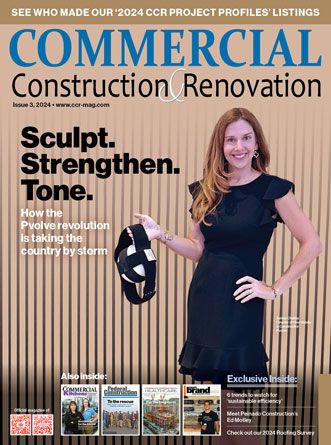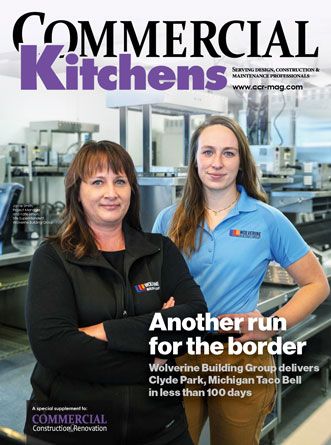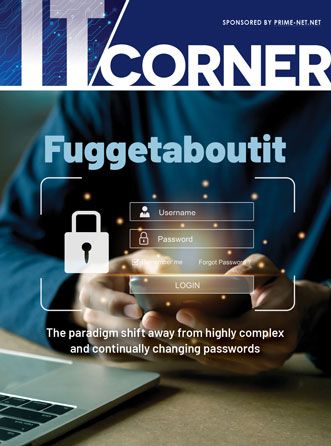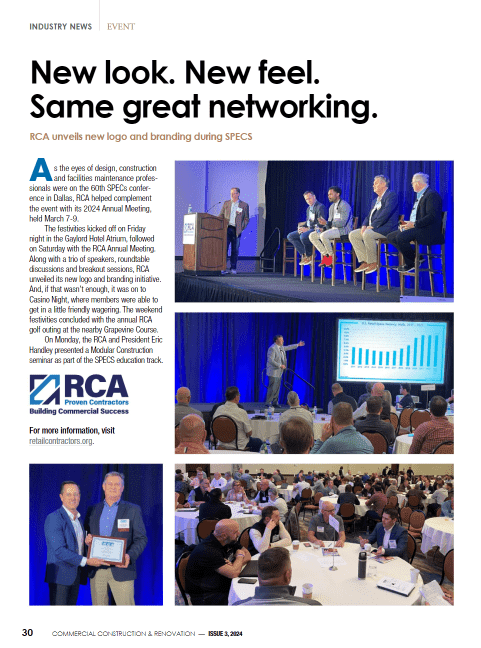WHAT IS UV TECHNOLOGY?
Ultraviolet, also known as UV, light radiation is a type of non-ionizing radiation that comes from the sun and other artificial sources. While it may be beneficial for people, it also poses some health risks. UV technology has been around for at least a century and has been known as one of the most effective methods to disinfect since its discovery. It relies on the naturally disinfecting rays of the sun. UV systems mimic the ultraviolet rays the sun emits but much more potent. No spores, viruses, bacteria, or molds can withstand this process.
AUTOMATED SHOPPING BASKET UV SANITIZER
A company successfully developed a machine equipped with a UV sanitizer that automatically disinfects shopping baskets at specific intervals. The device reinforces precautions against the transmission of COVID-19, at the same time, advocates for safety while shopping. It is capable of sterilizing 60 baskets in only 12 minutes. Once powered on, the machine will lift each basket while thoroughly disinfecting it all around using UV light. At Aeon stores, employees had been sterilizing each basket by wiping them down one by one. However, the total number of used baskets is about 10,000 per day at large outlets. Manually sanitizing baskets can be taxing, so this invention greatly helps shop employees and shoppers alike. The machine was developed with a manufacturer based in Kyoto. Several stores in Saitama prefecture and Kyoto have already had this device installed. They are projecting this machine’s installation to be expanded to 14 more stores by the end of the year.
EXPAND YOUR UV KNOWLEDGE
WHAT ARE THE DIFFERENT TYPES OF UV RAYS?
There are three primary types of UV radiation: UV-A (Ultraviolet A), UV-B (Ultraviolet B), and UV-C (Ultraviolet C). While all three variations can possibly be damaging to humans, each affects us differently. UVA rays are the most common form of radiation that reaches the Earth’s surface and can cause premature aging. They account for 95% of the total radiation. It is heavily related to skin cancer. UVB rays mainly affect the top layer of our skin. It is what causes sunburns. Although UVA and UVB rays pose the most significant risk for sun damage, people who work with welding torches or mercury lamps may be exposed to UVC rays, the most harmful type of UV radiation. The ultraviolet (UV) range of the electromagnetic radiation spectrum goes from 10 nm to 400 nm. Depending on the wavelength and time of exposure, UV radiation may cause harm to the eyes and skin. The UV spectrum is separated into four parts:
- UVA (315 nm to 400 nm)
- UVB (280 nm to 315 nm)
- UVC (200 nm to 280 nm)
- UV Vacuum (100 nm to 200 nm)
Decreasing wavelengths correspond with higher frequency radiation and a higher amount of energy per photon.
WHICH TYPE OF UV RADIATION IS MOST HARMFUL?
The type of ray that is used by UV sterilizers is the UV-C. Natural UV-C is filtered out by the ozone before it can get to life on Earth. This is fortunate for us because even though it has the ability to eliminate dangerous pathogens, it can cause skin cancer to humans and destroy the DNA in the corneas of our eyes.
ARE UV-C DISINFECTION DEVICES SAFE?
Most UV sanitizers that are available on the market use an artificial UV ray called the “far UV-C”. The term “far-UVC” refers to a specific subset of UVC wavelengths. The light that falls within this narrow range has been shown to absorb by superficial and nonliving layers of the eyes and skin. On the latter, for example, the top two layers of the skin are always dead cells. Taking in all the UV light, these dead cells shield living cells beneath them from harm. Pathogens in the air lack a dead barrier of cells, which can come between far-UVC and their own precious genetic material. In theory, if a person was breathing out clouds of microbes and stood under a far-UVC light, the beams would mangle the bacterial DNA but wouldn’t get past your nonliving tissues to your healthy skin and eye cells.
THE POTENTIAL OF UV LIGHT DISINFECTION

UVC radiation is a form of light that is used to kill bacteria and viruses. It has been effectively used for decades to reduce the spread of diseases such as tuberculosis. Because of this, it is also referred to as “germicidal” light. Scientists have found that UVC radiation can inactivate the outer protein coating of the SARS-Coronavirus, a virus different from today’s SARS-CoV-2. This ultimately leads to the virus’ inactivation. In addition to understanding the effectiveness of UVC radiation on a virus, there are also limitations to how effective it can be. For example, a virus that is resistant to heat or UV-C radiation will not be killed by UVC radiation.
CAN UVB OR UVA RADIATION INACTIVATE THE SARS-COV-2 CORONAVIRUS?
UVB and UVA radiation are expected to be less effective than UVC radiation at inactivating the SARS-CoV-2 coronavirus.
UVB: There is some evidence that UVB radiation is effective at inactivating other SARS viruses (but not SARS-CoV-2, which what causes Covid-19). However, it is not as effective as UVC at doing so. It is more hazardous to humans than UVC radiation because UVB radiation can penetrate deeper into the skin and eye. UVB is also known to damage the DNA, cause skin cancer and even cataracts.
UVA: The UVA radiation spectrum is less hazardous than UVB radiation, but it’s also significantly less effective in inactivating other types of SARS viruses. UVA is also implicated in the risk of developing skin cancer and in skin aging.
IS IT SAFE TO USE A UVC LAMP FOR DISINFECTION PURPOSES AT HOME?
UVC lamps pose a significant risk to human health. While the risk of infection is low, UVC lamps do not wholly inactivate viruses and bacteria.
WHAT ARE THE RISKS?
UVC lamps used for disinfection purposes may pose potential health and safety risks depending on the wavelength, dose, and duration of radiation exposure. It may increase the risk if the lamp is not correctly installed or is used by untrained individuals.
- Direct exposure to UVC radiation from some UVC lamps may cause injury to the eyes and skin. Always shield your eyes and face from the lamp’s rays, and avoid looking directly at the lamp for more than a few seconds.
- There are two types of UVC lamps – those that emit ozone and those that don’t. However, ozone inhalation can be irritating to the respiratory system, so it is advised to stay clear of these lamps.
- UVC can degrade certain materials like polymers, plastic, and dyed textile.
- If you have a lamp that uses UVC lightbulbs, it may contain mercury. This is extremely dangerous because mercury can be toxic in small amounts. It is crucial to be extremely careful when cleaning a broken lamp and disposing of it.
HOW EFFECTIVE IS IT?
The effectiveness of UVC lamps in inactivating the SARS-CoV-2 virus is unknown because there is limited published data about the wavelength, dose, and duration of UVC radiation required to inactivate it. UVC cannot inactivate a virus or bacterium if it is not directly exposed to it. However, UV light can cause the nucleic acids in the virus or bacteria to become damaged and mutate, which will eventually lead to its death. So the virus or bacterium cannot be inactivated if it is covered by soil or dust if it is embedded in a porous surface or located on the underside of it. To find out more about a particular UV-C lamp, you should:
- Ask the manufacturer about its possible health and safety risk and whether instructions are available for use and training purposes.
- Ask whether the product generates ozone.
- Ask which materials are compatible with UVC disinfection.
- Ask if the lamp has mercury. This information is vital should the lamp be damage, and you need to know how to properly clean up and dispose of the lamp.
WHAT ARE UV LIGHTS USED FOR?
- Backlighting. UV lamps provide lighting for planes, providing reliable lighting in airplane cabins and cockpits.
- UV curing. UV lamps are used in a lot of manufacturing applications. They cure inks, coatings, and finishes to provide a strengthened outer layer.
- Tanning. UV lamps are the core technology in tanning salons, offering clients a way to enjoy a sun-kissed look from artificial technology.
- Phototherapy. UV lamps help with skin diseases and conditions, such as acne, jaundice, psoriasis, eczema, and seasonal depression.
- Germicidal. UVC lamps are designed to replicate UVC radiation which has been proven to have immense sterilization and disinfection properties.
BENEFITS OF UV-C DISINFECTION TECHNOLOGY

- UV Light Disinfection is Non-Toxic. The most crucial benefit of UV light disinfection is that it’s non-toxic. Unlike harsh chemicals that are sometimes used in cleaning and sanitization products, UV light is environmentally friendly. UV light disinfection is a physical process, not a chemical one.
- UV Light Disinfection is an Extremely Effective Form of Disinfection. UV light is more effective than other methods of disinfection. UV light kills a wide array of harmful organisms. UV light destroys molds and spores. Other disinfection methods may not – or they may leave a damp environment where fungi can thrive. UV light kills molds and spores. Other disinfection methods may not – or they may leave a damp environment where fungi can thrive.
- UV Light Disinfection Kills Pathogens Without Immunity. Antimicrobial agents and disinfectants have dire consequences. The development of antibiotic-resistant bacteria is a significant problem in the medical community. UV light disinfection is a physical method for killing bacteria. Therefore, the bacteria in question cannot build immunity to it. That’s a huge plus, particularly for hospitals and assisted living facilities.
- UV Light Disinfection Doesn’t Have to be Portable. UV light disinfection technology can stay in place in guest rooms and work autonomously. The good news is that it means you can install the unit and then let it do all the work. Whether you want to disinfect a room anytime, it is unoccupied, or during a set cycle overnight, our products can help you get the job done without you even being there.
- UV Light Disinfection is Affordable. UV disinfection is an affordable sanitization method. People sometimes assume it’s costly because it uses technology instead of chemicals, but that’s not the case. UV light disinfection technology saves you time and money for years because the product has a unique property and will not need maintenance.
- UV Light Disinfection is Safe. We get many questions about UV light disinfection, and the most common one is if it’s safe to use. The key thing to understand is that UV light is safe as long as you use it properly. Our product will only work if the room is unoccupied. The UV light from our product is safer than harsh chemicals in cleaning products, so take precautions.







 The 2024 virtual Men’s Round Table will be held Q4, 2024, date TBD.
The 2024 virtual Men’s Round Table will be held Q4, 2024, date TBD.











